Montana Movies - Watching the Skies in the Big Sky: "The Thing from Another World"
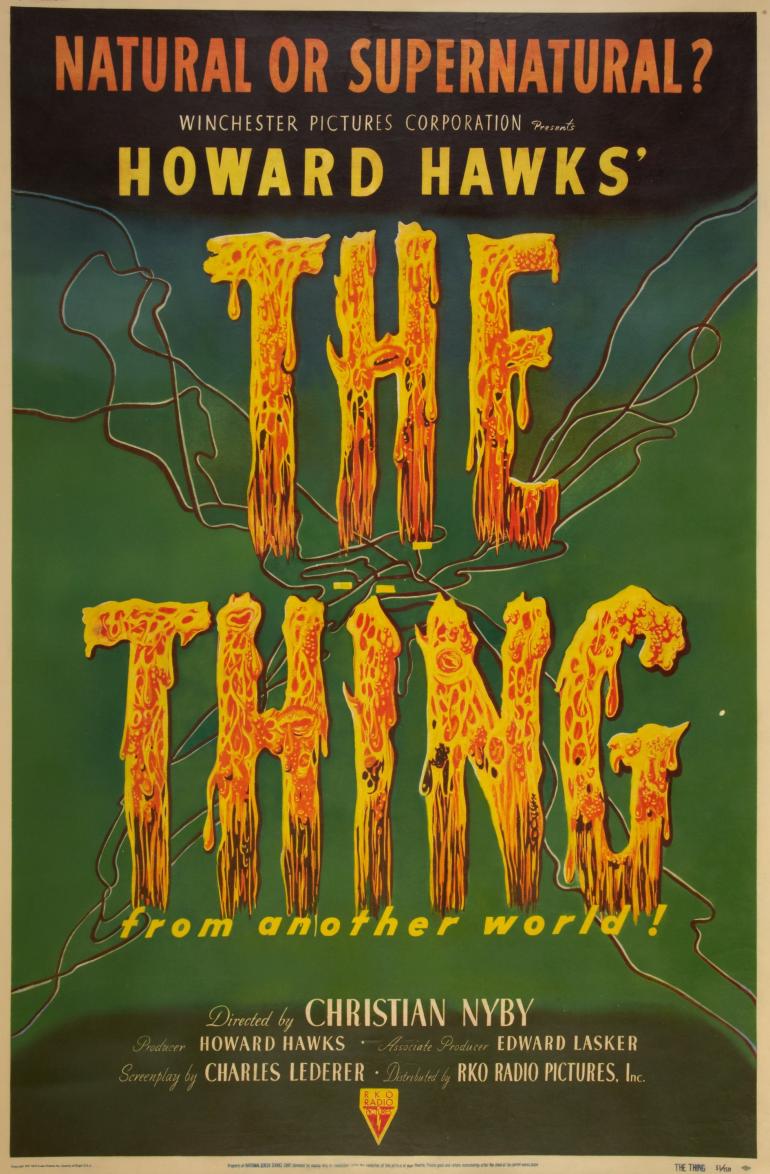
Montana may not be the default when one seeks to picture a location for paranormal or extraterrestrial activity. Let’s be honest, the Nevada desert has had that market cornered for quite some time. But the Treasure State, with its vast spaces and dark corners of wilderness, is more ripe for UFO encounters and cryptozoological specimens—in addition to Bigfoot— than casual assumption would suggest. The connections may not always be surface level, but they are there. How many people know that the seminal sci-fi horror classic The Thing from Another World (1951) was filmed at Glacier National Park? While ostensibly set at a remote outpost in the North Pole, there are few locations that could evoke an isolated and foreboding winter landscape as effectively as Glacier in black and white (interiors were shot at a set built at Los Angeles ice storage plant, but the point still stands).
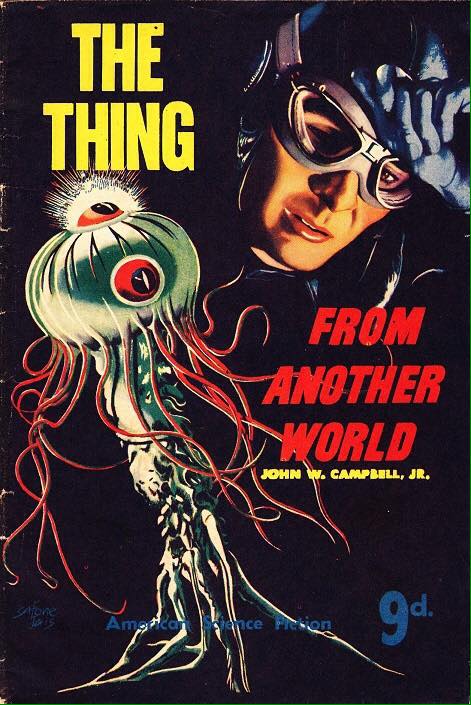
The plot, taken loosely from a story by John W. Campbell Jr., centers on a team of scientists and Air Force operatives sent to investigate a mysterious crash detected by radar far in the Arctic. Sure enough, it turns out to be a spaceship, with an extraterrestrial life form frozen inside. Everything progresses well enough, until said extraterrestrial life form thaws out and begins feeding on blood. As luck would have it, a fierce snowstorm sets in, making it impossible to fly out and radio signals weaken. Will our heroes, and lone heroine, be able save themselves and the rest of humanity before it’s too late?
The question of who directed The Thing has been a famously ambiguous one. The credited director is Christian Nyby, who was the editor of Howard Hawks’ earlier Western classic Red River (1948). Hawks is credited as producer, and he always insisted that Nyby had directed; however, multiple accounts from cast and crew suggest that Hawks’ hand had been the principle guiding one. Indeed, the finished film bears a great many resemblances to other Hawks vehicles, with its depiction of professional camaraderie in the face of danger, and some of the zippy overlapping dialogue, particularly between the no-nonsense secretary Nikki Nicholson (Margaret Sheridan) and the Air Force captain Patrick Hendry (Kenneth Tobey). Trade in the science station for a jailhouse and the alien for an outlaw and you’d almost have Rio Bravo (1959).

The film possesses that classic tension between the wilderness and the forces of civilization that animates most Westerns. And while guns are definitely present in The Thing, it is ultimately other tools—the radio transmitters, the laboratory equipment, the fortunately large barrels of kerosene— that prove most valuable in the fight against the threatening Other. There is also the element, common to sci-fi films of the period, of clash between science and military prowess, with the lead scientist Arthur Carrington (Robert Cornthwaite) wanting to keep the creature alive for the purposes of study and Captain Hendry wanting to destroy it in order to keep the team alive. This trope endured late into sci-fi cinema (think of the wormy corporate stooge played by Paul Reiser in James Cameron’s Aliens), yet even here it is possible to perceive a seeping Western flavor, with Carrington supplying the obstacle-function that the dandified Easterner might supply in a John Wayne vehicle.

The picture’s covert Western DNA is further revealed by the presence of James Arness, playing the titular menace. Arness would go on to be most famous for his role as Marshall Dillion in Gunsmoke, one of the longest running shows in U.S television history. Here, he functions much like the shark in Jaws: the linchpin of the entire plot, yet never really glimpsed in full (at least until a spectacular flame-filled denouement). This was due in large part to budgetary reasons; the original intention was to have a shape-shifting alien, as in the source material. But expense, as well as multiple unsatisfactory attempts at creature makeup, resulted in a pared-down aesthetic that, also like Jaws, ended up working out in the film’s favor. It turns out that what we can’t see can be more suspenseful than what we can, although ample assistance is given here by Dimitri Tiomkin’s theremin-heavy musical score. Arness was always dismissive of The Thing, not even bothering to attend the premiere; whatever his thoughts on the movie, he still provided the presence for an iconic monster with barely any direct screen time. It’s understandable, perhaps, when one is tall and hunky, that one’s preferred roles would be heroic cowboys instead of vampire carrots from outer space, but if it is what enshrines you in cinema history, it will have to do.
The shape-shifting monster crank would be taken up to eleven by John Carpenter for his body-horror enthused remake in 1982, a sci-fi horror classic in its own right. But for all of the remake’s visceral shock and groundbreaking effects, the original can claim something for itself alone: location shooting in Glacier. The Big Sky is, undeniably, the ideal locale for watching the skies. Even if it is for an extraterrestrial invasion.

James Arness as The Thing From Another World

Kari Bowles was born and raised in the Gallatin Valley before spending time in the American Midwest and the Scottish Lowlands. She is a lifelong lover of cinema and literature and enjoys writing about both. She can be found as a DJ at 95.9fm KGVM, where she plays film soundtracks.


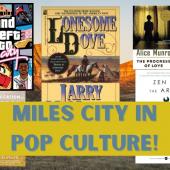
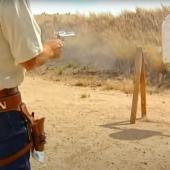
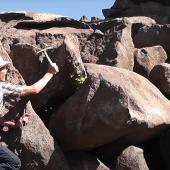

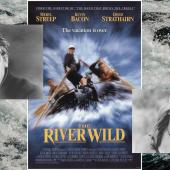

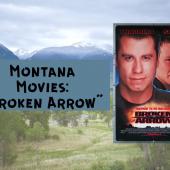
Leave a Comment Here